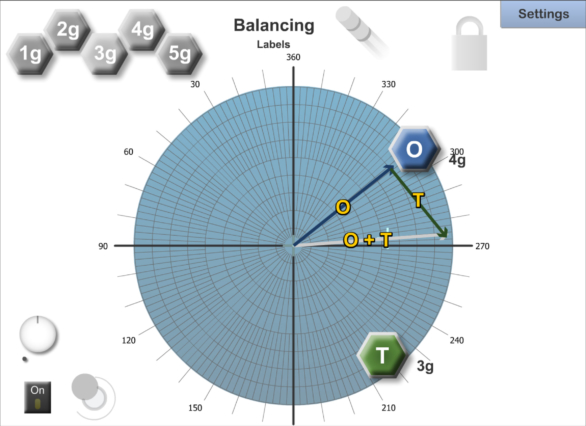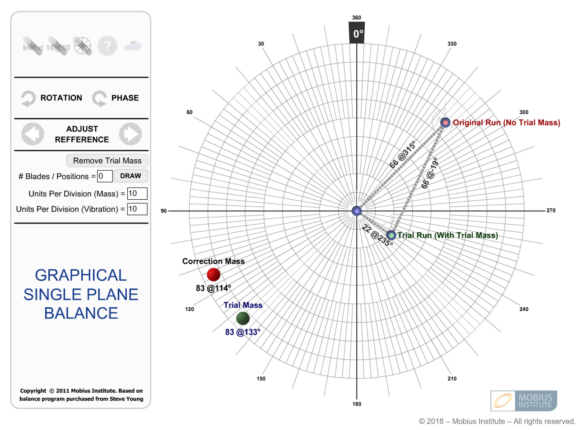Precision Field Balancing e-learning course
Precision-balanced machines run more smoothly and suffer fewer failures - plus they consume less energy. Precision balancing must be part of your reliability improvement strategy. Precision Field Balancing makes it easier to gain knowledge, confidence, and competence.
Precision balancing = reliability.
A precision-balanced rotor reduces the centrifugal forces on the shafts, bearings, and the supporting structure. Unbalance sucks the life out of rotating machinery, greatly increasing the likelihood of premature failure. In addition, unbalance can result in structural failure, poor product quality, and noise that disturbs workers and neighbors of the plant site.
It is all too common for rotor balance to be overlooked. It is also common for rotors to be balanced without achieving precision tolerances.
Vibration training ≠ balancing training
The root cause of these problems is the training provided to the practitioner performing the balance job. While vibration analysis courses that follow the ISO 18436-2 standard will provide a detailed overview of rotor balancing, that is not enough for a person to be adequately skilled to achieve the highest levels of precision. As a result, in many cases, the person performing the balance job simply follows the steps on their vibration analyzer without truly understanding what they are doing. And if the balance job becomes complicated, or they are not reducing the vibration to the desired level, they are unsure of what to do.
If you wish to achieve higher levels of reliability and performance improvement, this practice must end. You must operate machines with precision balanced rotors.
The Mobius Institute™ rotor balancing practitioner training course provides detailed training on how to correctly identify and verify unbalance, how to choose the correct balancing technique, how to select trial weights, how to measure vibration, how to utilize balance standards, and ultimately, how to achieve precision balance with rigid rotors.
Easy to use ≠ easy to do
Unfortunately, it is common around the world for vibration analysts to use their analyzers to perform balancing without really understanding the balancing process. As a result, analysts simply follow on-screen prompts and “go through the motions” to balance the rotor. It is, therefore, common for machines to be operated with machines that are not balanced to G 1.0 (or anywhere near it).
E-learning: interactive, highly visual – learn again and again
The most common way our customers master precision balancing is via the iLearnBalancing e-learning course. It can be purchased as a standalone product, but it is included within the iLearnReliability™ Learning Management System
iLearnBalancing provides step-by-step training, one slide at a time. The narrations add up to three hours and 12 minutes (600 slides), but it will take longer to complete the training. Quizzes on each topic area are also included in the training.
The course is designed to establish the fundamentals and then cover each of the common balancing techniques.
Course agenda
- Introduction
- What is unbalance
- What causes machines to be out of balance
- Understanding phase
- Phase conventions
- Advanced phase
- Understanding vectors
- Balancing theory
- Different types of unbalance
- Diagnosing unbalance
- Confusing unbalance with other fault conditions
- Preparing for the balance job
- Single plane balancing
- Single plane vector balancing
- Two plane balancing
- Static-couple balancing
- Balancing overhung rotors
- Four run no phase balancing
- Trial weight selection
- Splitting and combining weights
- What can go wrong – and how to recover
- Tolerances and quality and the ISO standards
- Tolerances and quality and the API MIL standards
- Conclusion


